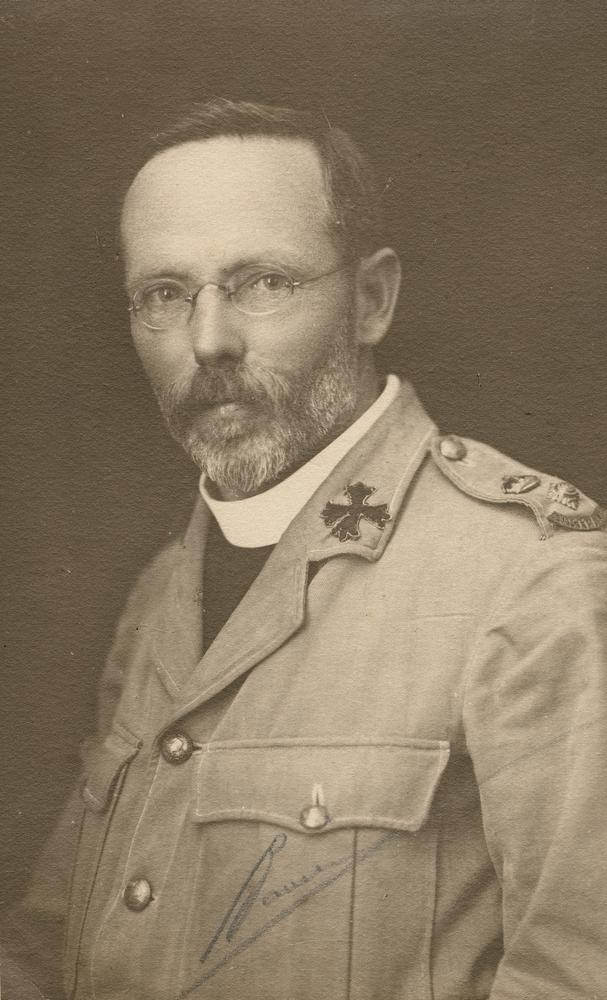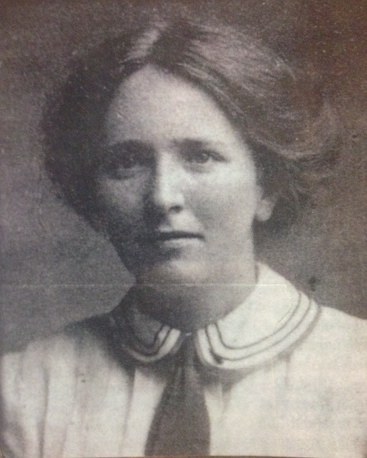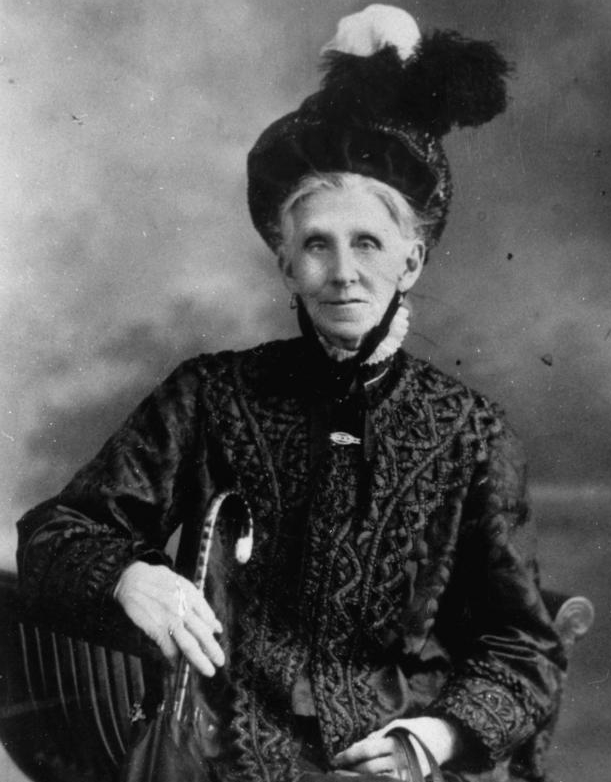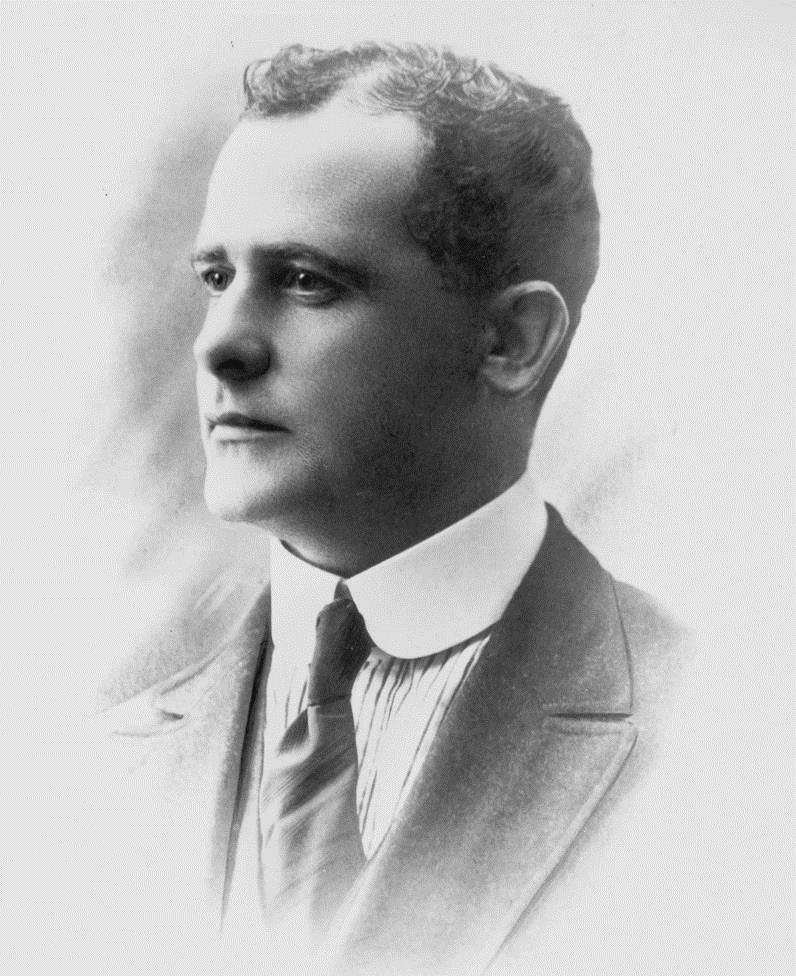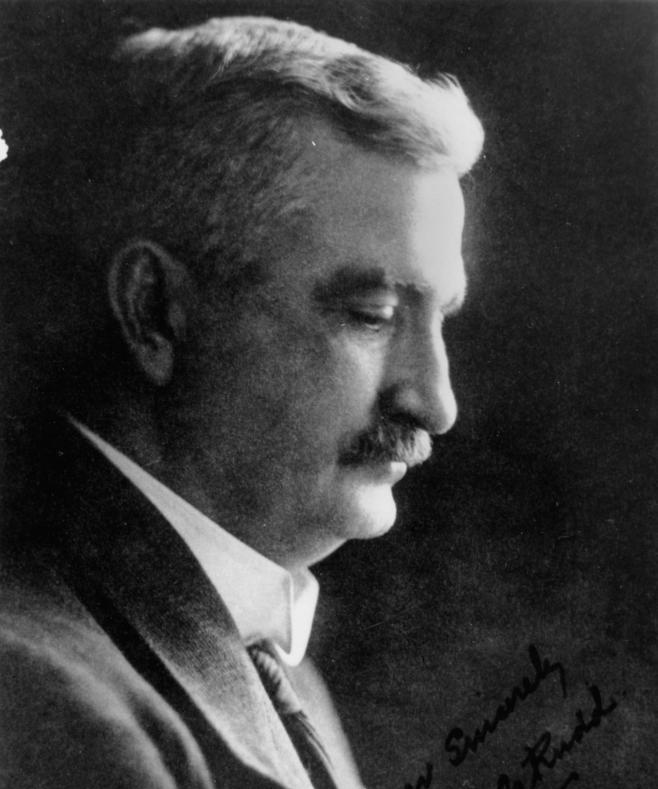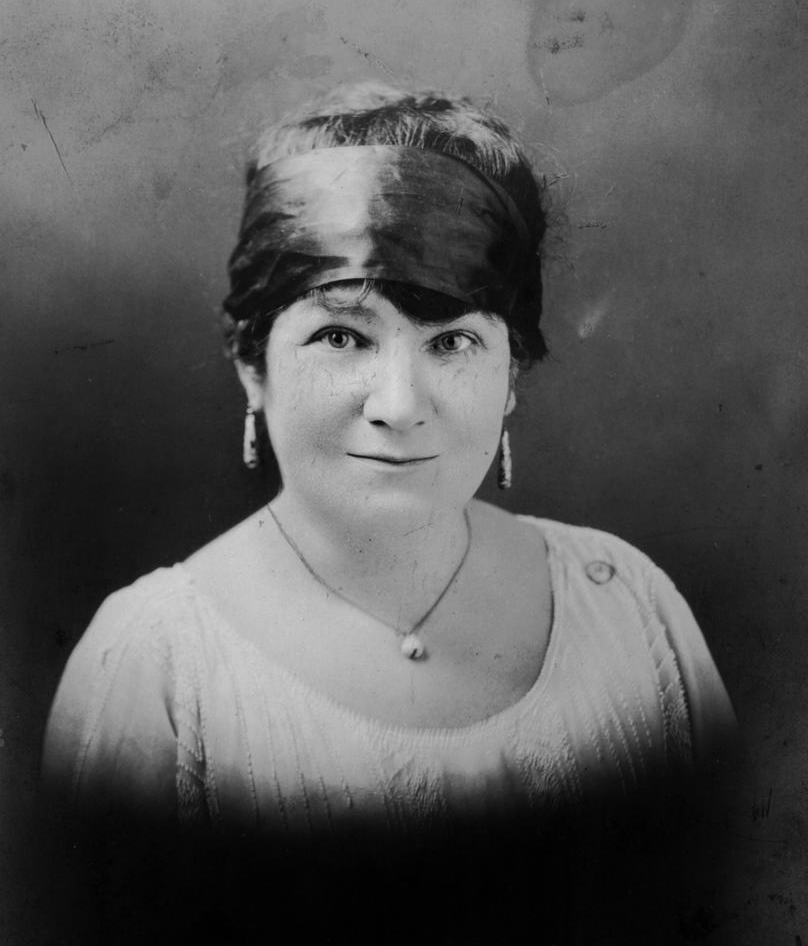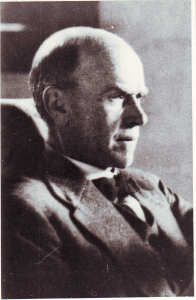The Eight Representative Thinkers on War & Peace 1914-1919
Once was a Smart State: Intellectual Leaders in Queensland
1859-1989
A Typology of Thinkers and their Interrelation in Queensland History
The Eight Representative Thinkers on War & Peace 1914-1919
Most Commonly Known Among the Widest Representation
During World War I, in Queensland, as elsewhere, there was a sizable portion of the community who thought on how they felt about various wartime circumstances: excitement, fear, grief, lost, and relief. In that intellectual process there were community leaders who sought to explain, justify, and resist the war. There were also significant narratives for what peace would mean in the aftermath of ‘The Great War.’ Dr John Moses’ work on Canon Garland and the formation of the ANZAC tradition is a pertinent example. There is, however, a need for today’s Queensland communities to be able to access the wider view on the socio-political formations in this era. Although particular events will be noted in narratives from the historical research, the focus of the project are the thoughts and emotions across different sections of the Queensland population on the subject of war and peace; to assert what were the diversity of opinion and the shifting attitudes.
The project can achieve a better understanding of wide-ranging view by looking at the debates between Queensland political and community leaders; for example, David Garland, Digby Denham, Peter Airey, John Fihelly, William Finlayson, and Emma Miller. Much of the debate, as well as the narratives of the time, spoke of the Queensland context, but its roots lay in global intellectual discourses on war and peace, particularly in the United Kingdom and the Commonwealth, but also elsewhere. What is significant is that reasons and passions on war and peace pulled together beliefs around other social-political formations, on class, race, ethnicity, religion, and national identity. These were not intellectual concerns removed from ordinary Queenslanders, then or now.
As a very tentative short-list, I have come up with my first representative dozen. You have to start somewhere, and the project will not grow unless I bravely take the first step of making a selection.
The grouping of the eight thinkers on war & peace 1914-1919 has a rationale in the structure of the Q ANZAC 100 full paper. The selection occurred from:
- what I already know of Queensland intellectual history – and yes, we have only just began to scratch the surface – who are the most commonly known thinkers in the society;
- paying attention to the criteria outline in the Criteria and Methodology page;
- as well as selecting, as a second run, the widest representation I can find – representation of gender, class, race, ethnicity and occupations.
Given that we are looking at “intellectuals”, or basic thinkers, that representation will be severely tested by the weight of representation which one can locate in the past. But I think I have some success as indicated by the following table:
Count in The Eight Representative Thinkers on War & Peace 1914-1919
Queensland Thinkers 1859-1989
| Female | Working Class Birth | ATSI Identity | Non-British Background | Labourer (Once) |
|---|---|---|---|---|
| 4 | 2 | 0 | 0 | 1 |


